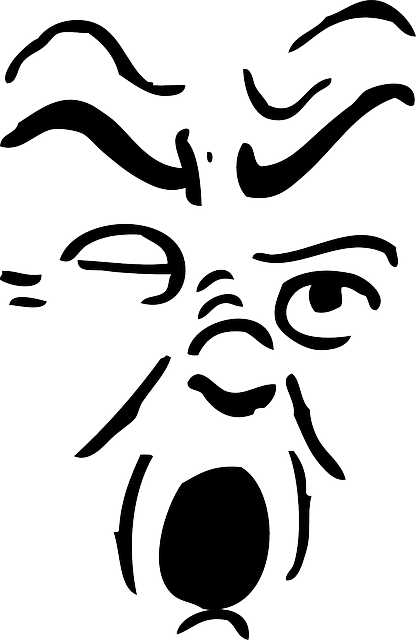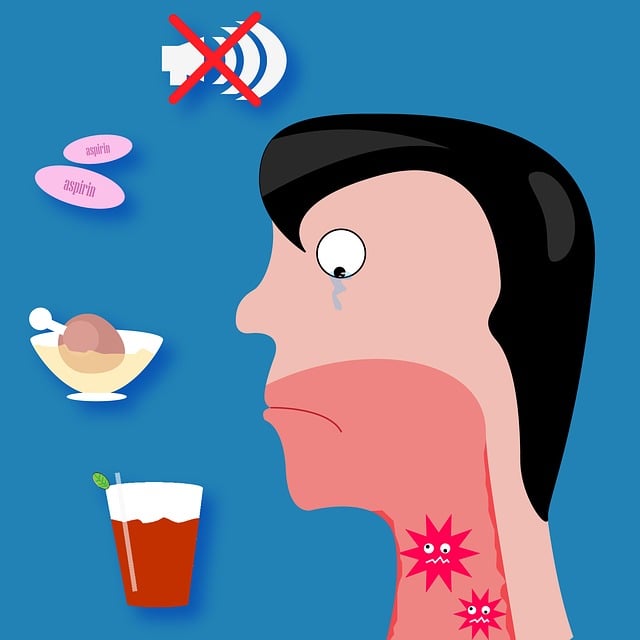Regenerative pain management offers a revolutionary and natural approach to chronic pain treatment and injury recovery, utilizing advanced techniques like platelet-rich plasma (PRP), stem cell therapy, and growth factor injections. These non-invasive treatments stimulate tissue regeneration, reduce inflammation, and provide lasting pain relief without pharmaceutical side effects. Aimed at conditions from sports injuries to arthritis, these regenerative solutions enhance patient function and improve quality of life, presenting a promising alternative to traditional chronic pain management methods. By harnessing the body's inherent healing mechanisms, regenerative recovery solutions offer effective, natural pain relief that addresses root causes for improved mobility and overall well-being.
“Discover how regenerative medicine is revolutionizing pain management and offering new hope for those suffering from chronic pain. This cutting-edge approach, focusing on the body’s inherent healing abilities, provides a promising alternative to traditional treatments. From non-invasive techniques like platelet-rich plasma (PRP) therapy to advanced procedures exploring tissue regeneration, this article delves into the latest trends in regenerative pain management and natural recovery solutions. Explore effective strategies for managing chronic pain and achieving lasting relief.”
- Understanding Regenerative Medicine and Its Promise for Pain Relief
- Non-Invasive Approaches: Exploring Pain Management Options
- Tissue Regeneration and Chronic Pain: A Powerful Connection
- Natural Solutions for Long-Term Recovery
- Advanced Techniques in Chronic Pain Management: Current Trends
Understanding Regenerative Medicine and Its Promise for Pain Relief

Regenerative medicine represents a groundbreaking approach to pain management and injury recovery. It’s an advanced field that focuses on restoring and regenerating damaged tissues, offering promising solutions for chronic pain sufferers. Unlike traditional treatments that often rely on medications or invasive procedures, regenerative pain management leverages the body’s natural healing mechanisms.
This innovative technique employs various therapies, including platelet-rich plasma (PRP), stem cell therapy, and growth factor injections, to stimulate tissue regeneration. By delivering concentrated solutions of growth factors and cells directly to affected areas, these treatments can accelerate healing, reduce inflammation, and provide lasting pain relief. The beauty of regenerative recovery solutions lies in their natural approach, making them an attractive alternative for those seeking non-invasive pain treatments without the side effects commonly associated with pharmaceutical interventions.
Non-Invasive Approaches: Exploring Pain Management Options

Non-Invasive Approaches: Exploring Pain Management Options
In the realm of regenerative medicine, non-invasive pain treatments have emerged as powerful tools for chronic pain management. These advanced pain management strategies offer natural pain relief and recovery through regenerative pain management techniques, focussing on tissue regeneration rather than surgical interventions. Regenerative recovery solutions like platelet-rich plasma (PRP) therapy and stem cell therapies are gaining traction due to their ability to stimulate the body’s inherent healing mechanisms.
These non-invasive pain treatments cater to a wide range of conditions, from sports injuries to arthritis, providing an alternative to conventional medications or surgeries. By harnessing the body’s own regenerative capabilities, these therapies aim to reduce pain, restore function, and improve overall quality of life for patients. As such, they represent a promising avenue in the search for effective chronic pain management, offering both safety and efficacy in a natural, holistic approach.
Tissue Regeneration and Chronic Pain: A Powerful Connection

Tissue regeneration and chronic pain share a profound connection that has sparked interest in the field of regenerative medicine. Chronic pain conditions often result from damaged or degraded tissues, leading to long-term discomfort and reduced mobility. Traditional pain management approaches may provide temporary relief, but they rarely address the underlying tissue damage.
Regenerative pain management offers a promising alternative through advanced pain relief therapies like platelet-rich plasma (PRP) and stem cell therapy. These non-invasive treatments stimulate the body’s natural healing processes, promoting tissue regeneration and enhancing recovery. By targeting the root cause of chronic pain, regenerative medicine aims to achieve lasting pain reduction, improved mobility, and overall better quality of life for patients suffering from persistent pain conditions.
Natural Solutions for Long-Term Recovery

In the quest for lasting mobility and pain reduction, regenerative medicine offers a promising avenue for those seeking natural solutions to achieve long-term recovery. Unlike traditional approaches that often rely on medications or invasive procedures, regenerative pain management focuses on stimulating the body’s inherent healing capabilities. By harnessing the power of advanced pain management techniques, such as platelet-rich plasma (PRP) therapy and stem cell treatments, chronic pain sufferers can find relief without the side effects commonly associated with pharmaceutical interventions.
Pain relief therapies based on regenerative recovery solutions have gained traction due to their ability to promote tissue regeneration. These non-invasive treatments target the root causes of pain rather than merely masking symptoms. By encouraging the body’s natural response to repair and rebuild damaged tissues, these innovative therapies offer a more holistic approach to chronic pain management. As a result, individuals can experience significant improvements in mobility and overall well-being, paving the way for a healthier, more active lifestyle.
Advanced Techniques in Chronic Pain Management: Current Trends

In the realm of chronic pain management, current trends are pivoting significantly towards advanced techniques utilizing regenerative medicine as a game-changer. Traditional methods often rely on pharmacological interventions and invasive procedures, but the evolving landscape of pain relief therapies is now favoring more natural, non-invasive solutions. Regenerative pain management offers promising avenues for recovery through innovative approaches such as platelet-rich plasma (PRP) therapy, stem cell treatments, and tissue regeneration techniques. These cutting-edge methods aim to stimulate the body’s inherent healing mechanisms, providing lasting pain relief without the side effects often associated with conventional medications.
The shift towards regenerative recovery solutions is not merely a trend but a response to the growing demand for effective yet safe chronic pain management. Many patients are seeking alternative options that address the root causes of pain rather than merely masking symptoms. As such, advanced pain management strategies incorporate the latest advancements in regenerative medicine, harnessing the body’s own capabilities to promote healing and restore function. This holistic approach promises not just pain reduction but also improved quality of life for those suffering from chronic conditions.
Regenerative medicine offers a promising pathway to enhance mobility and reduce pain, transforming chronic pain management. By harnessing the body’s inherent healing capabilities through non-invasive approaches, tissue regeneration, and advanced techniques, individuals can experience natural pain relief and long-term recovery. As research continues to evolve, these innovative therapies hold significant potential for those seeking effective solutions beyond traditional methods. Embracing regenerative pain management can pave the way for a new era in chronic pain treatment, providing hope and improved quality of life for patients worldwide.
